CMS:
A content management system is a software that helps us to manage our content and site.
You can literally manage everything from a blog to an e-commerce site, using CMS. You can manage an article if you have a blog, or manage your product if it is an e-commerce business.
It has made our life so easier that we just can’t imagine having a site without CMS. You can operate most CMS out there even if you have no prior technical knowledge.
Today we are going to talk about the top CMS in 2018, there features, flexibility and specifications because that’s what they are known for.
So, without any further delay let’s begin.
Top CMS:
- WordPress: This one goes without saying. Probably the best one out there. WordPress can make almost any kind of site either it is a blog, a real state site or an e-commerce. It can make anything under the sun. WordPress is the framework behind many of the websites and blogs you visit every day, including this one.
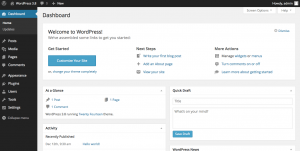 Few of the key features are responsive design, social sharing features, multiple page styles, auto upgrade, and standard compliant coding. The one thing that makes it a CMS beast is plugins.
Few of the key features are responsive design, social sharing features, multiple page styles, auto upgrade, and standard compliant coding. The one thing that makes it a CMS beast is plugins. - Joomla: Joomla is a popular Content Management System. It is much more than just a powerful content management system. Besides, hundreds of extensions to enhance the functionality of any Joomla website, Joomla itself includes some powerful built-in features (or core features). Many times ranked as the 2nd best CMS after WP.
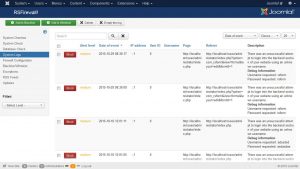 Few key features are Rss, media manager, web links, search, banner management and, user management.
Few key features are Rss, media manager, web links, search, banner management and, user management. - Drupal: Drupal 8 takes an already terrific content management framework to ever greater heights for users, administrators, and developers. There’s a seriously sharp focus on user-friendliness, but the content presentation, new ways to create data structures, build APIs, multilingual capabilities, and the delivery of mobile accessibility out of the box? Drupal 8 brings those to the table too.
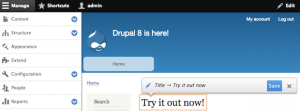 Few of the features are mobile first, multilingual ready, loading speed, javascript automated testing.
Few of the features are mobile first, multilingual ready, loading speed, javascript automated testing. - Magento: Specific to make an e-commerce site. The large array of features is one of the main benefits of Magento. Through them, you can easily develop and manage a successful online store. Magento features like different payment engines and shipping options along with the international support and high security using an SSL certificate will make your shop an attractive place for e-commerce.
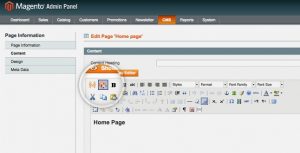 The core features are checkout payment and shipping, analytics and reporting, marketing and promotional tools, and order management.
The core features are checkout payment and shipping, analytics and reporting, marketing and promotional tools, and order management. - OpenCart: OpenCart is an open-source shopping cart built on PHP/MySQL code. Distributed as a free eCommerce solution, OpenCart is a very user-friendly and effective platform that comes with a very intuitive and well-designed user-interface as well as a higher selection of extensions. Perfect for small businesses and medium-sized e-commerce stores, OpenCart is loaded with all the basic functions a user would need from an e-commerce solution.
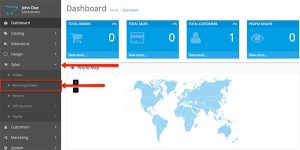 Main features are, Product Reviews, Product Ratings, open source, multi-currency, automated image resize, 20+ payment gateways, and 8+ shipping methods.
Main features are, Product Reviews, Product Ratings, open source, multi-currency, automated image resize, 20+ payment gateways, and 8+ shipping methods.
One honorable mention is WIX. Very user-friendly having drag and drop interface.
SO, these were the top of 2018 CMS. You should choose one according to your needs. Keep visiting for such more articles.
Thank You.

Leave a Reply